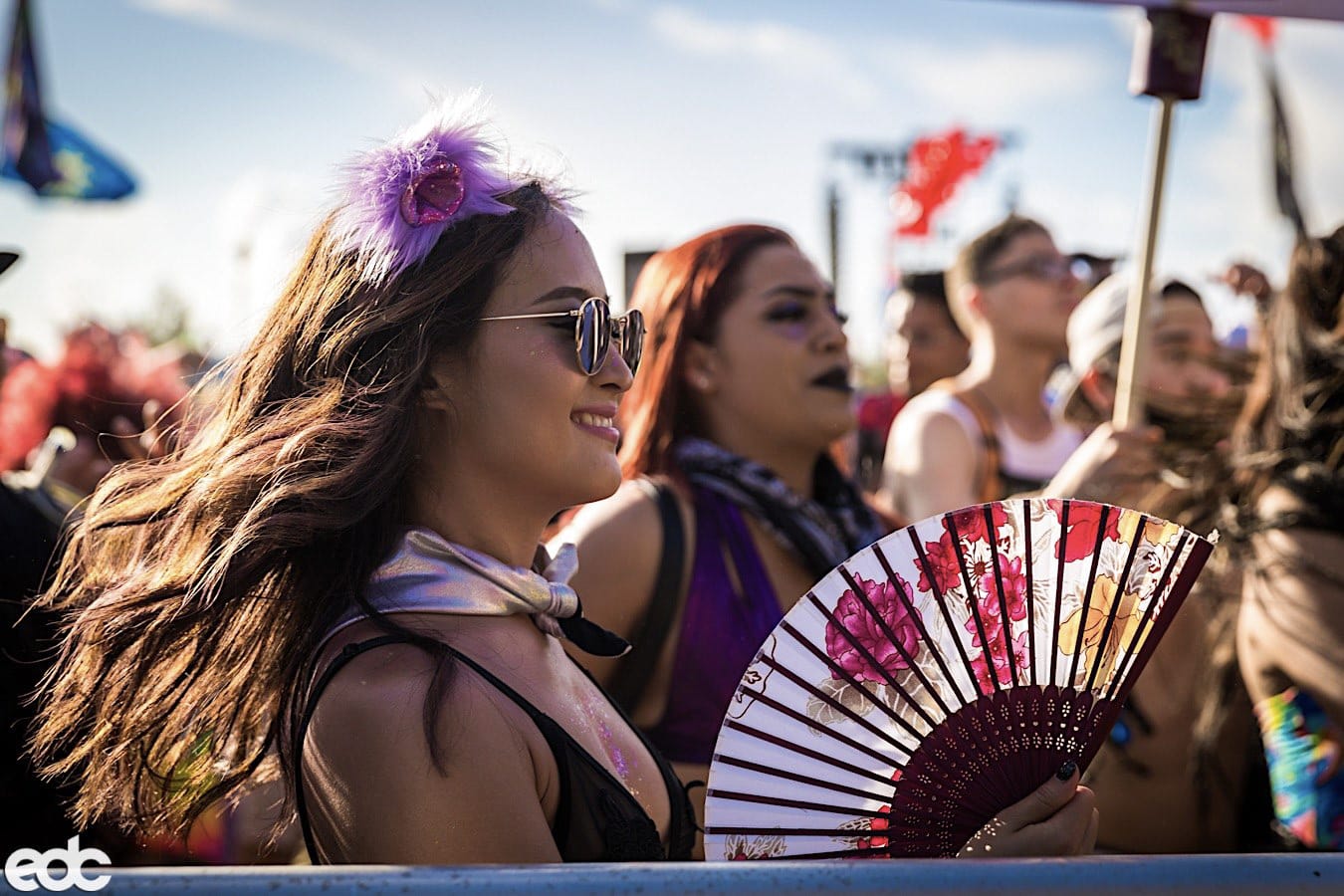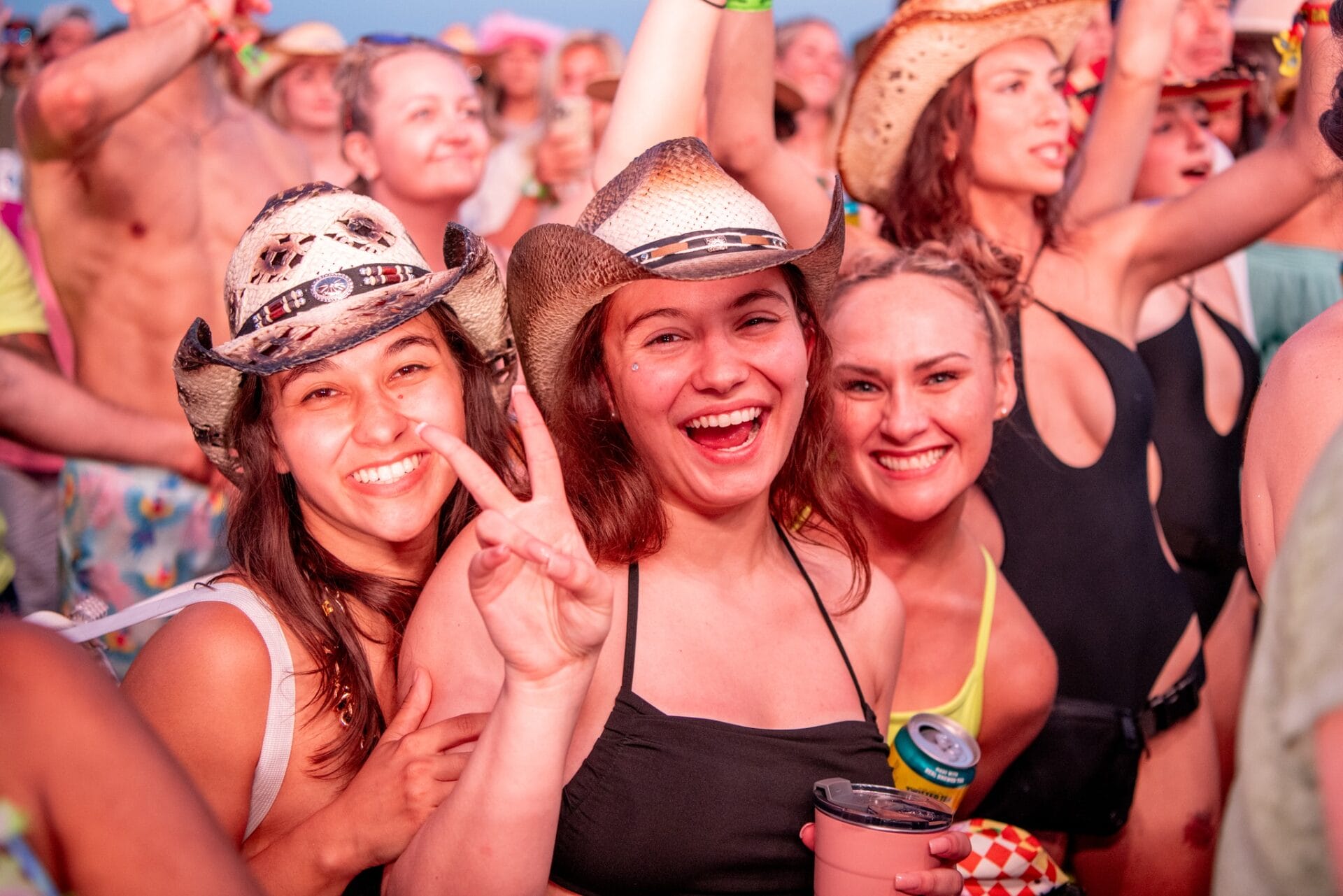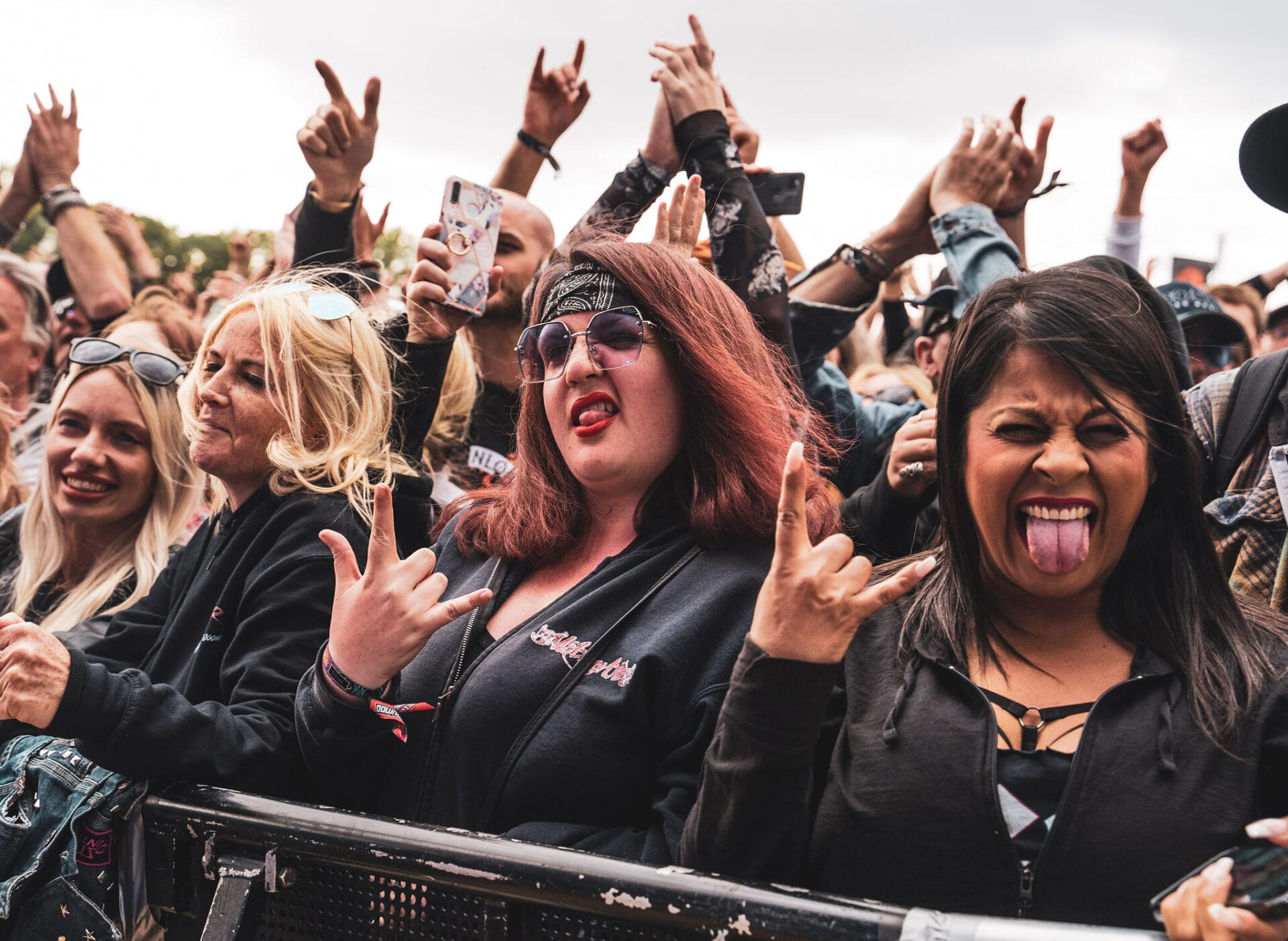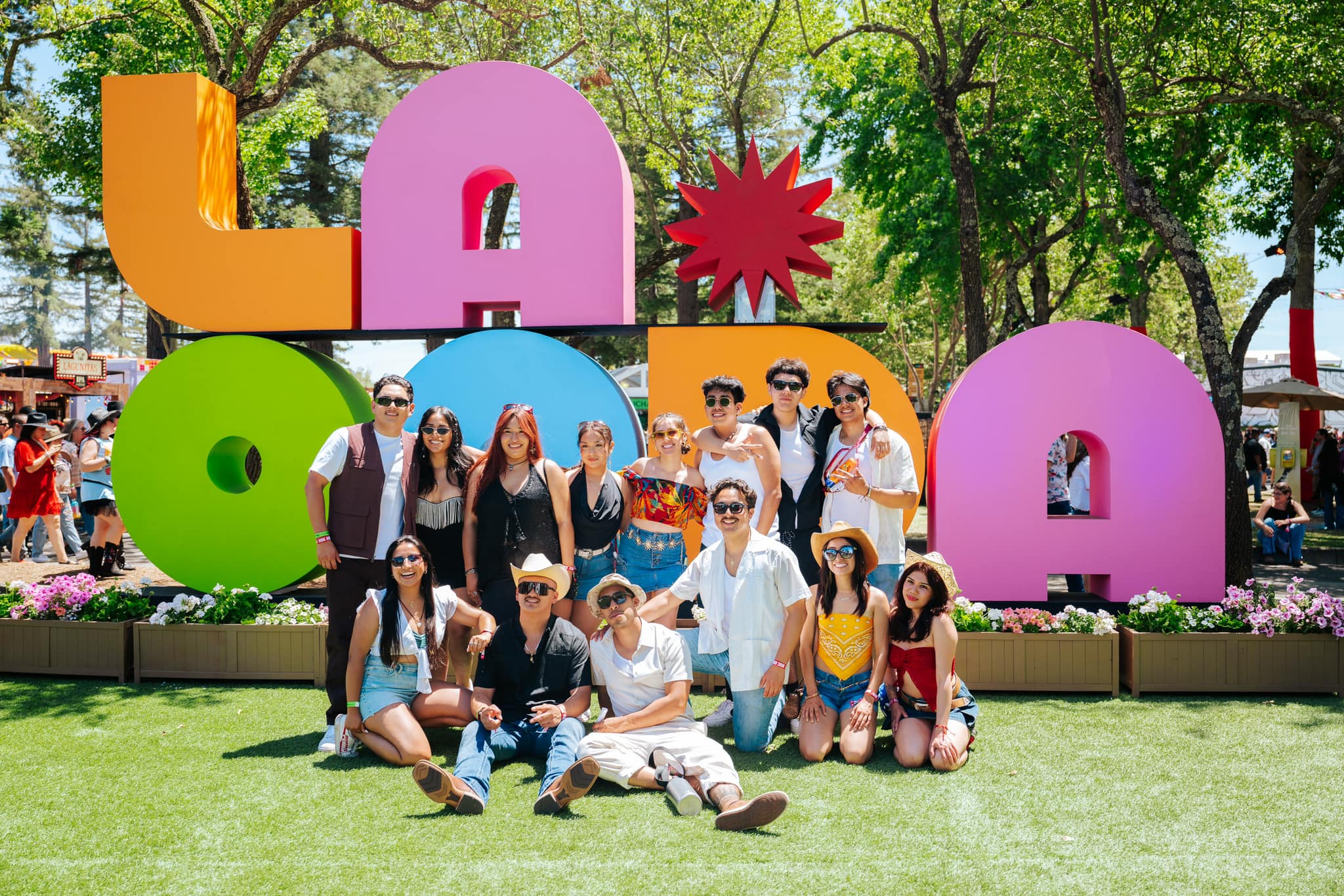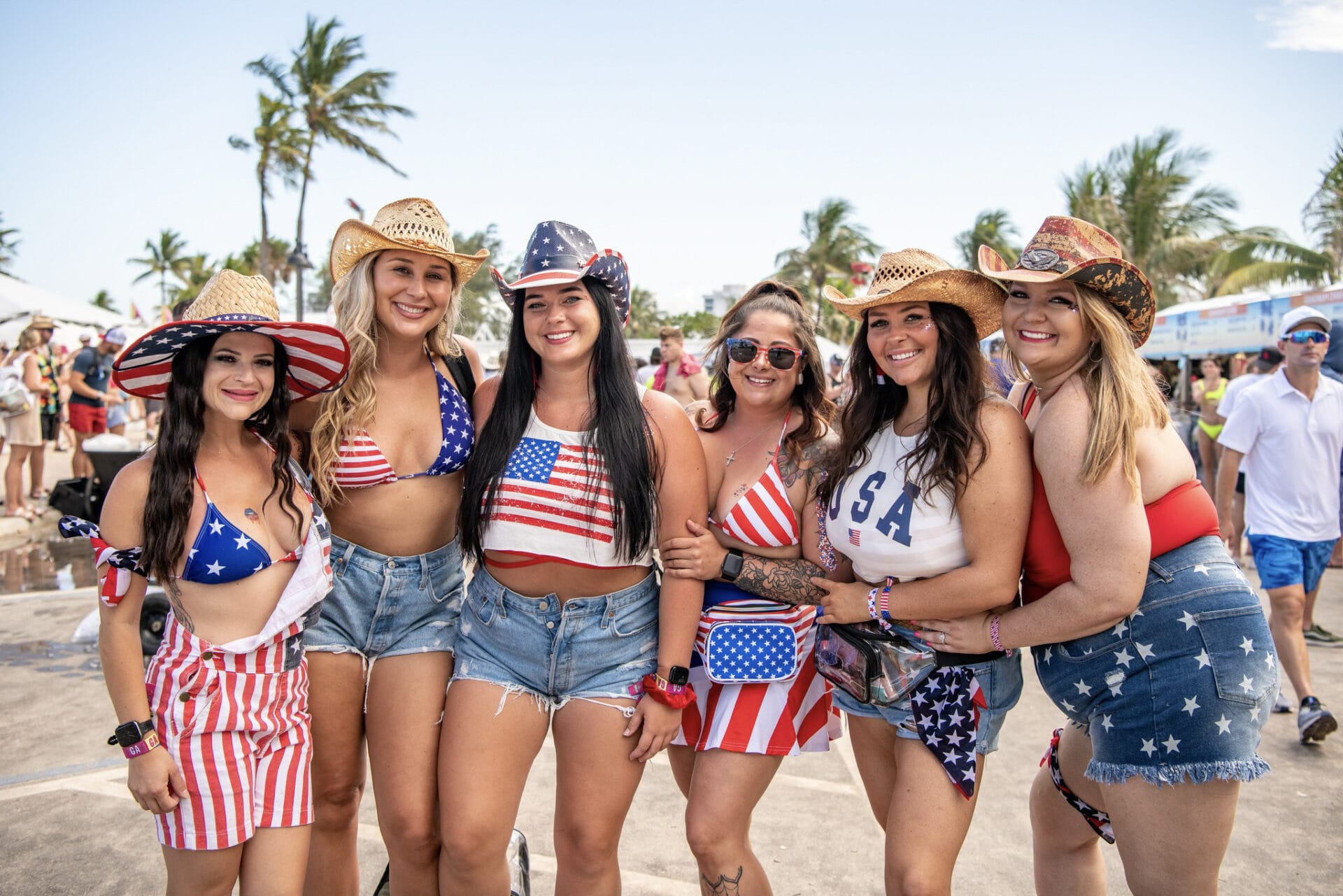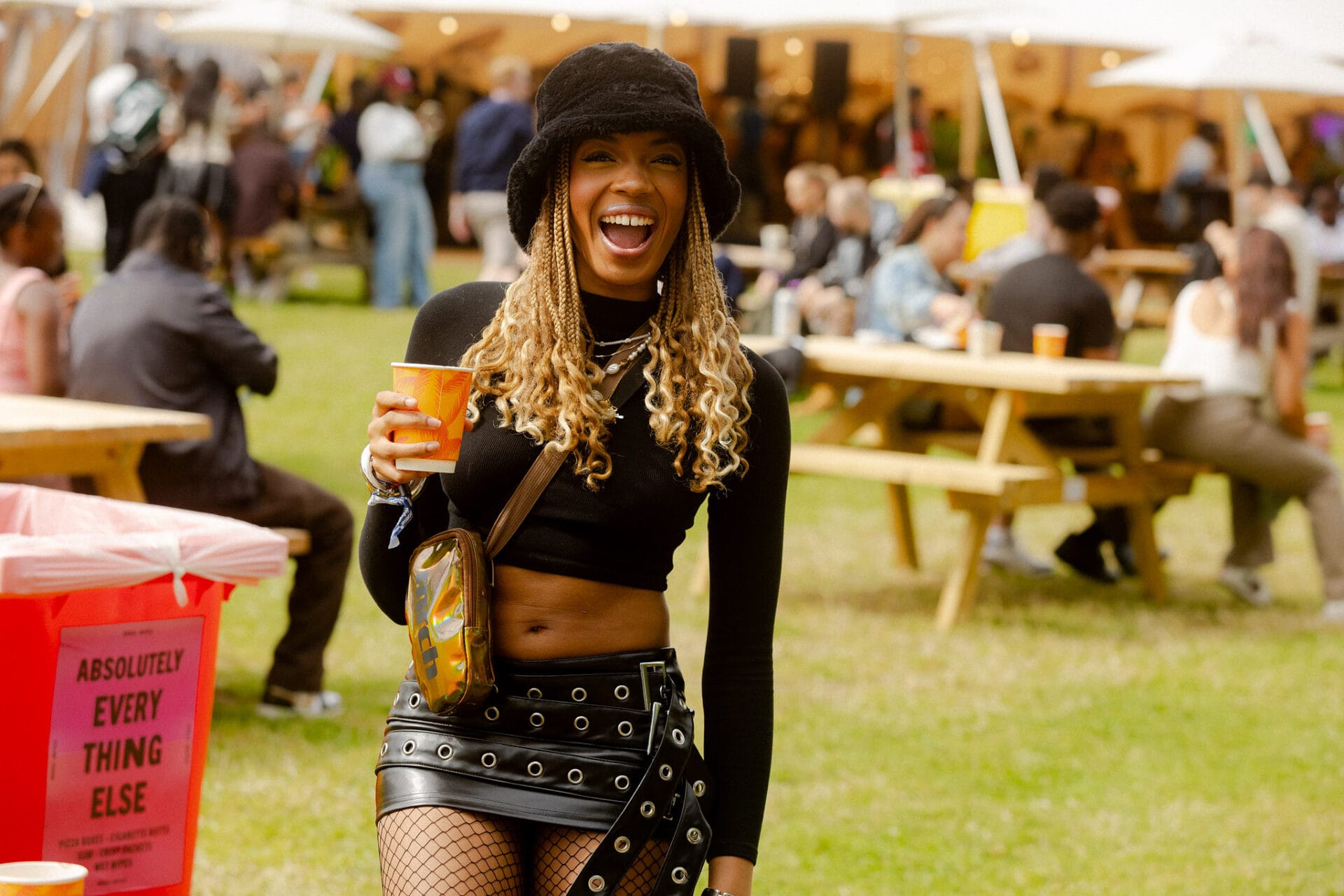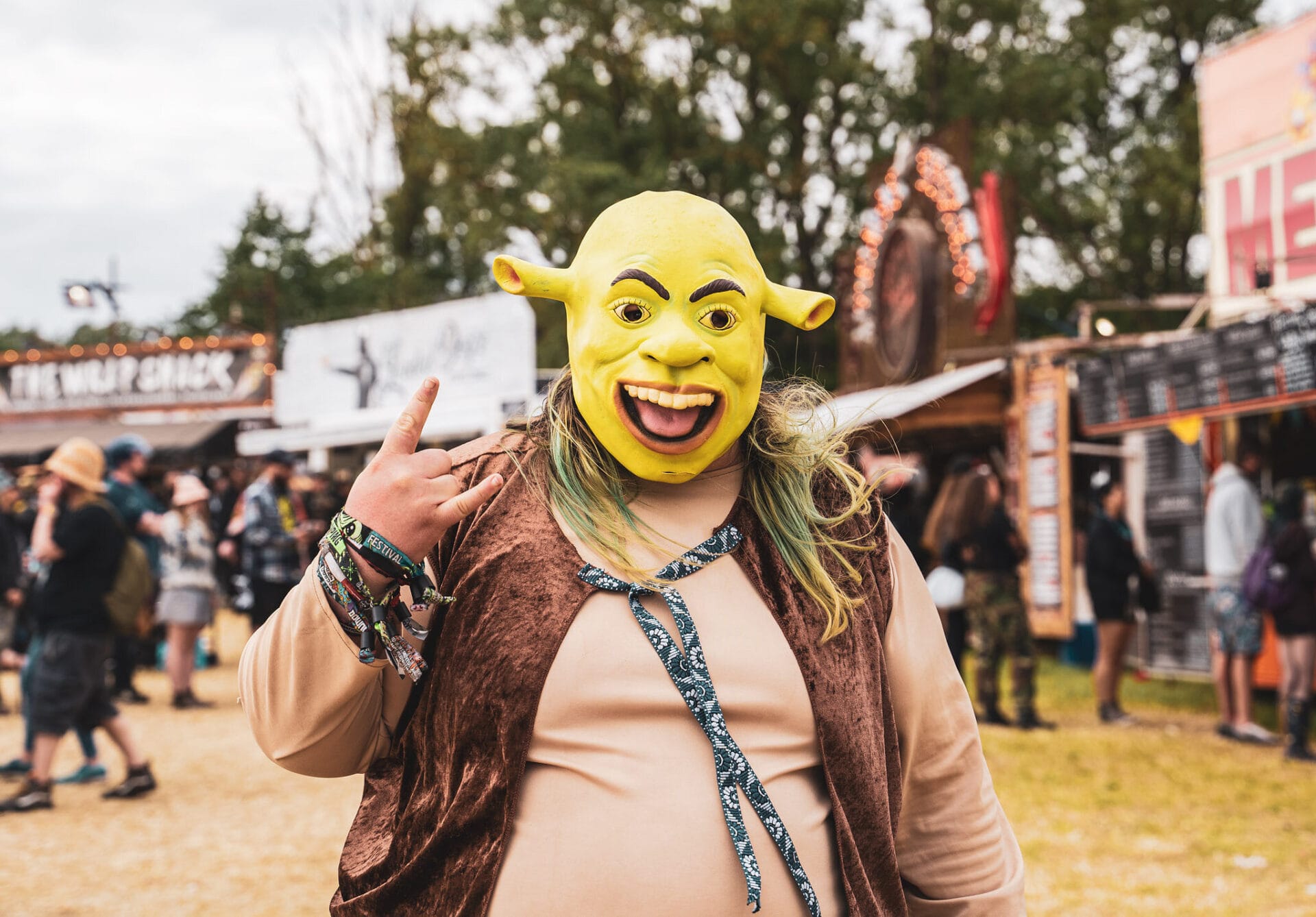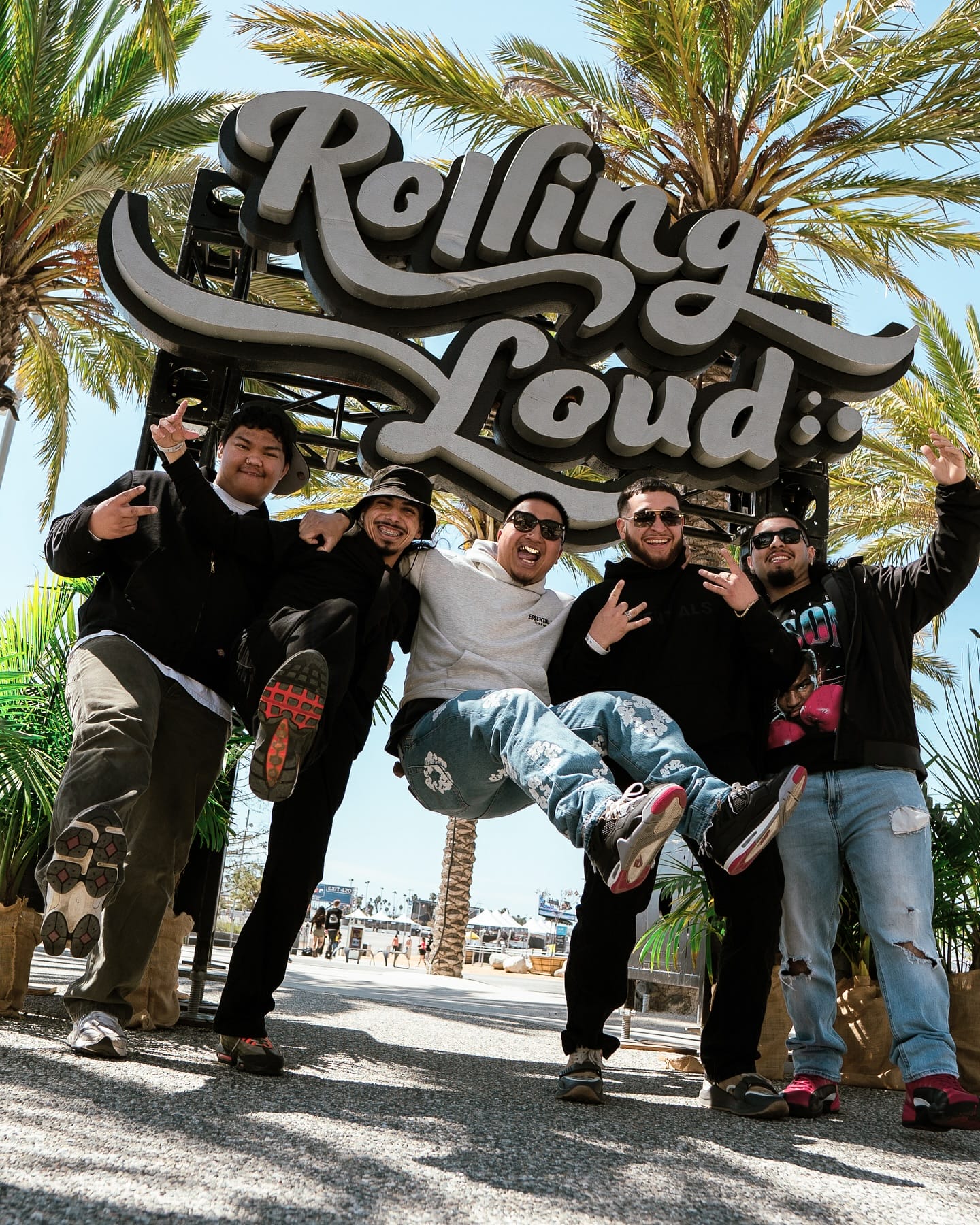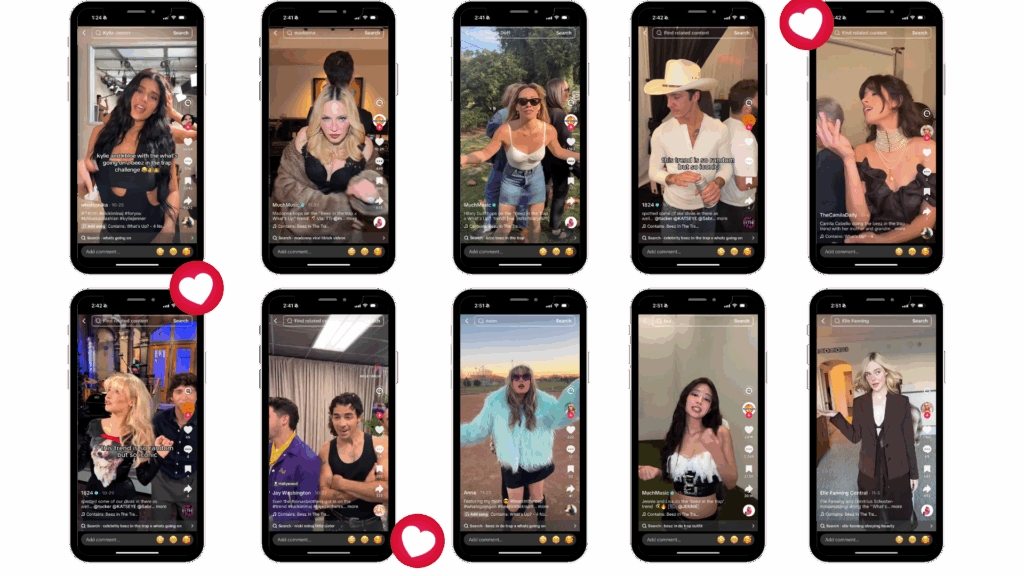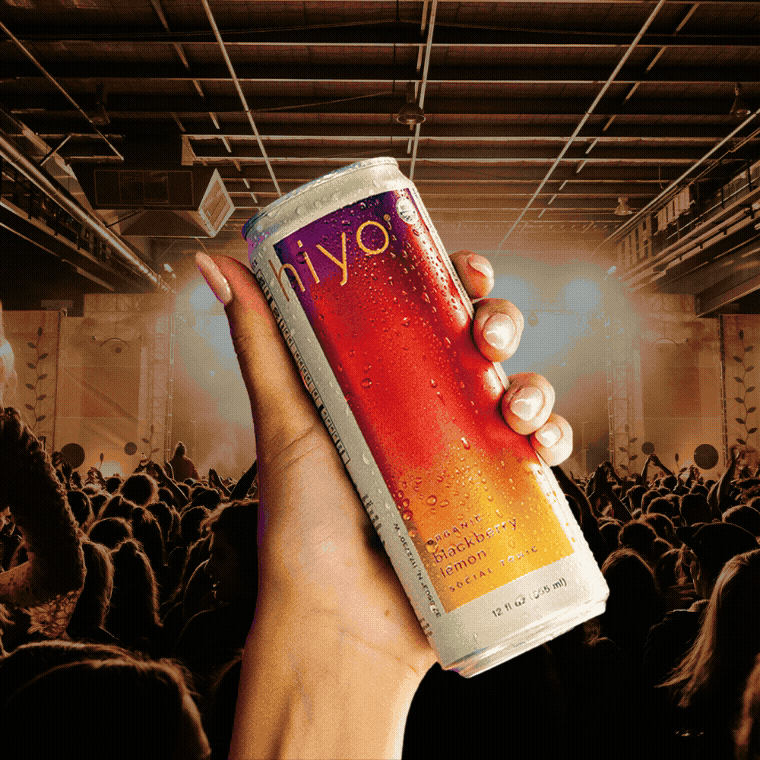Subcultures: The Ground Floor of Culture and Creativity for Brands
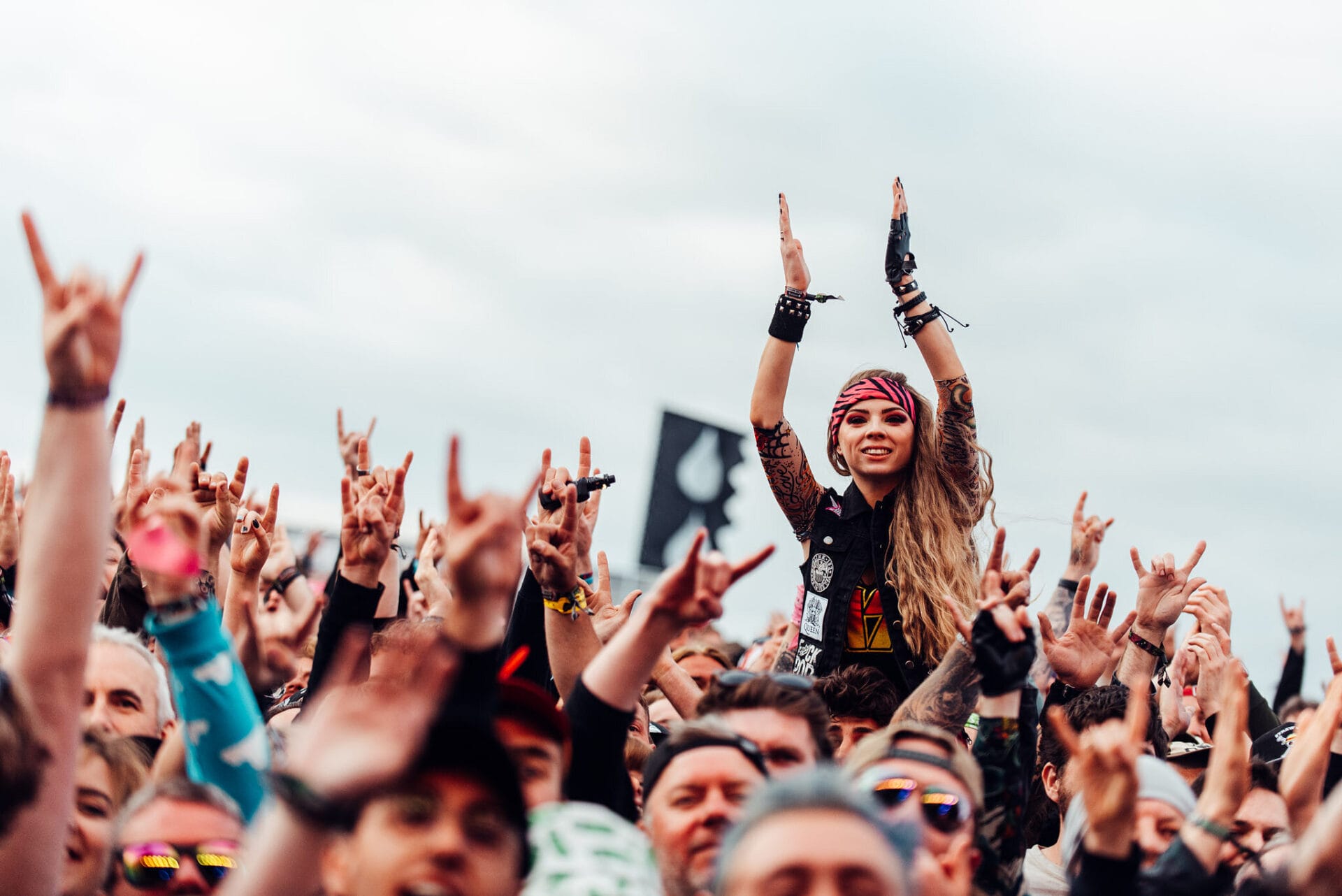
Authored by: Russell Wallach, Global President
“Today’s culture is built on yesterday’s subcultures, especially in music.”
At this year’s Forbes CMO Summit, I joined 7-Eleven’s CMO Marissa Jarratt, former North Face CMO Sophie Bambuck, and Forbes’ Seth Matlins to discuss how subcultures shape culture. We explored how, in a world where culture is marketing’s ultimate cheat code, subcultures—and subgenres—offer brands a way to connect with audiences on a more personal level. Here are a few key takeaways from our conversation.
Subgenres Shape Identity
Music is the top universal passion, but subgenres dive even deeper, connecting with fans on a personal, emotional and cultural level. At festivals like EDC, rave culture brings together 500,000+ fans from around the world, who express themselves through music, outfits, makeup, and the sense of community they create. Or take metalheads—fans of all ages, from 20 to 70, proudly wear their love for the subgenre like a badge of honor. At Metallica concerts, fans of all generations eagerly line up for merch, just like Swifties at Taylor Swift’s shows.
78% of global fans say, “Music is a core part of my identity.”

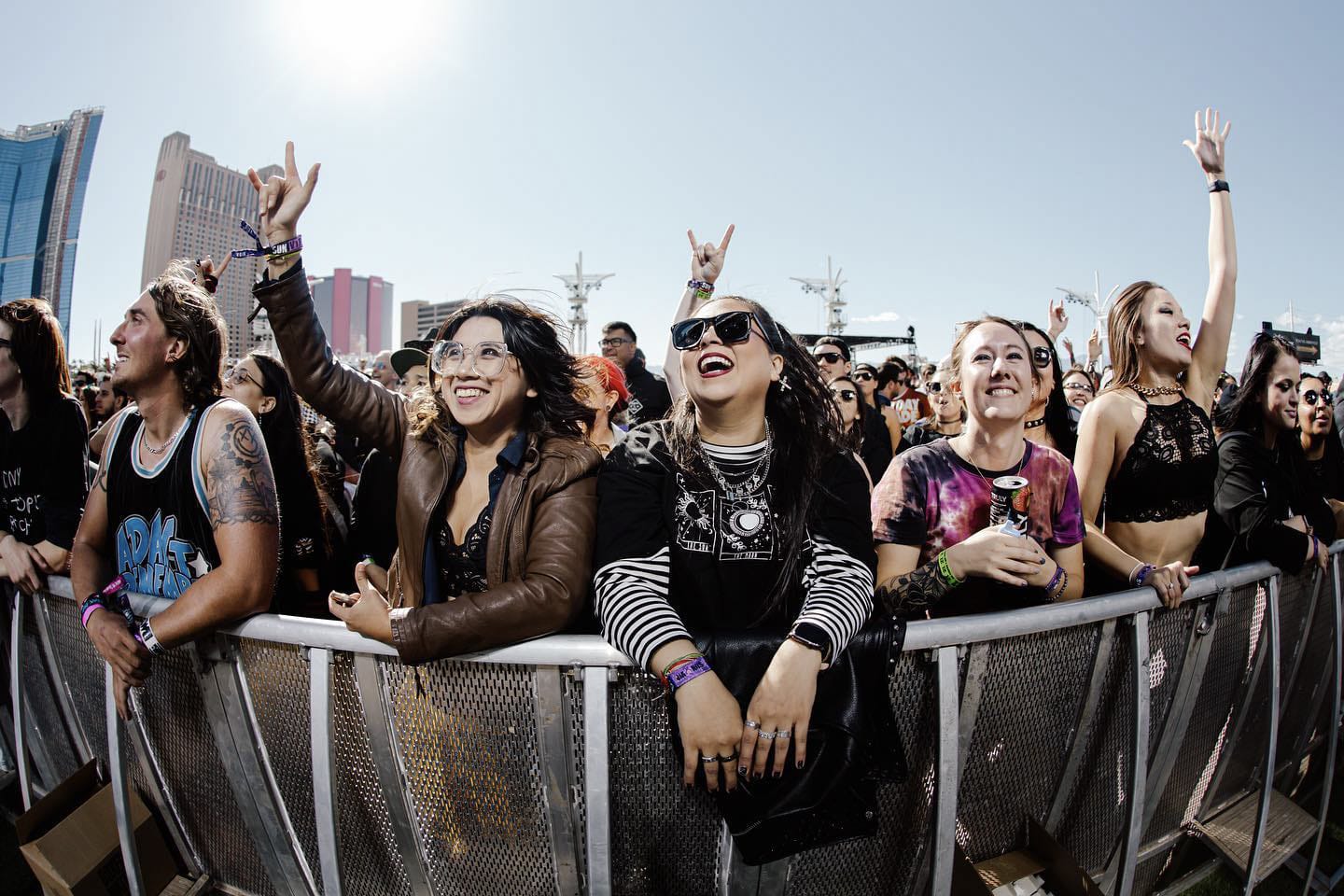
Subcultures Shape Global Culture
Genres like hip-hop, punk, and grunge all started as niche movements but have evolved into mainstream cultural powerhouses, influencing everything from today’s fashion, music, art, language, and more. While acts from the U.S. and U.K. once dominated global culture, today, we’re seeing subgenres like Afrobeats, Latin, and K-pop explode beyond their origins. Earlier this year, Karol G sold out stadiums across Europe. But it wasn’t just a concert — fans showed up head-to-toe in pink (her signature color), turning it into a cultural phenomenon. The sea of pink symbolizes community and connection, illustrating how these subcultures foster a sense of belonging among fans. As these movements continue to rise, they reshape the global cultural landscape, proving that music is not just entertainment — it’s a force for identity, expression, and collective experiences.
82% of live music fans say “music genre crossovers” is an exciting trend.


Brands Must Be Where the Action Is
Chasing trends is a losing game. You need to be where the action is happening. Just look at Chappell Roan—she had around 1 million Spotify listeners last year, but this year, she pulled the largest crowd in Lollapalooza’s two-decade history. It wasn’t an overnight success; it took her more than ten years. It’s a clear reminder that brands need to be part of the journey where culture is being shaped. You’re already too late if you’re waiting for the next big thing.
90% of live music fans agree, “I’ve supported some of today’s biggest stars before they became mainstream.”
Chappell Roan’s fans dress up to be part of the “Pink Pony Club”
Showing Your Fans You “Get” Them
It all comes down to brands truly getting their customers and the subcultures that shape who they are. Music fans aren’t just loyal to one subgenre—our research shows they’re into many, and their tastes shape everything from their style to how they engage with the world. By finding where these subcultures overlap, brands can scale that connection. The key is showing up consistently. Be part of their world, be at the right events and festivals, uplift their favorite emerging artists, and enhance the live experiences that mean the most to them.
Subcultures start small, but they’re the engine that drives culture and creativity forward. Brands that lean in don’t just keep up—they get to shape the future alongside their customers.
